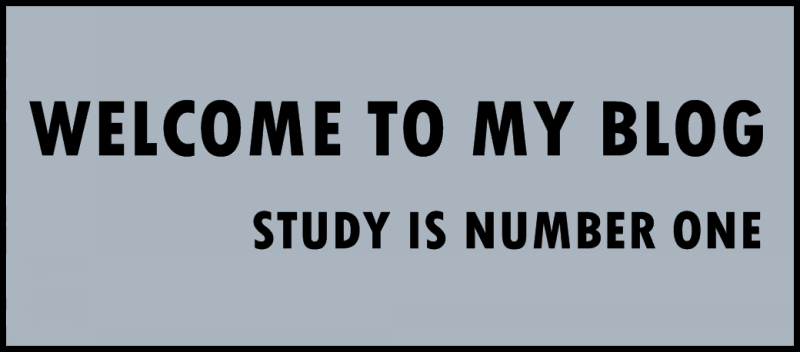Dicky Almoedir
Pitra (1701316292)
Student
Assignments 11: Pages 524-525 of textbook Discovering Computers
Lecturer: Tri Djoko Wahjono, Ir, M.Sc
1. What Is a Database, and How Does a Database
Interact with Data and Information?
A database is a
collection of data organized in a manner that allows access, retrieval, and use
of that data. Database software, often called a database management system
(DBMS), allows users to create a computerized database; add, modify, and delete
the data; sort and retrieve the data; and create forms and reports from the
data. Data is a collection of unprocessed items, which can include text,
numbers, images, audio, and video. Computers process data into information.
Information is processed data; that is, it is organized, meaningful, and
useful. In addition to documents, information can be in the form of audio,
images, and video.
2. What Is Data Integrity, and What Are the
Qualities of Valuable Information?
Because data is
used to generate information, many organizations realize that data is one of
their more valuable assets. Data integrity identifies the quality of data. Data
integrity is important because computers and people use information to make
decisions and take actions. For a computer to produce correct information, the
data that is entered in a database must have integrity. For information to be
valuable, it should be accurate, verifiable, timely, organized, accessible,
useful, and cost-effective. Accurate information is error free. Verifiable
information can be proven as correct or incorrect. Timely information has an
age suited to its use. Organized information is arranged to suit the needs and
requirements of the decision maker. Accessible information is available when
the decision maker needs it. Useful information has meaning to the person who
receives it. Cost-effective information should give more value than it costs to
produce.




